Yellow, yellow everywhere. Interspersed with the yellow, were just as plentiful white puffballs of fluff. Hardly any green. It was a dandelion haven.
As a child, I recall picking dandelions as a flower bouquet for Mom or Gran. They loved them, or so they claimed, and made a big deal of placing them in water on the window ledge. The dandelions quickly wilted, even in the water.
Then the white puffballs appeared, and I picked the stems carefully so that I could make a wish and blow it with great gusto, spreading my wish into the wind. Thinking back, perhaps Mom and Gran were not amused with my technique of spreading dandelion seeds.
But wait. Isn’t that a good thing? Spreading more dandelions far and wide? We may prefer green grass and weed-free gardens, but what about the birds? And the butterflies? And the honeybees? Not to mention the health benefits for humans, too.
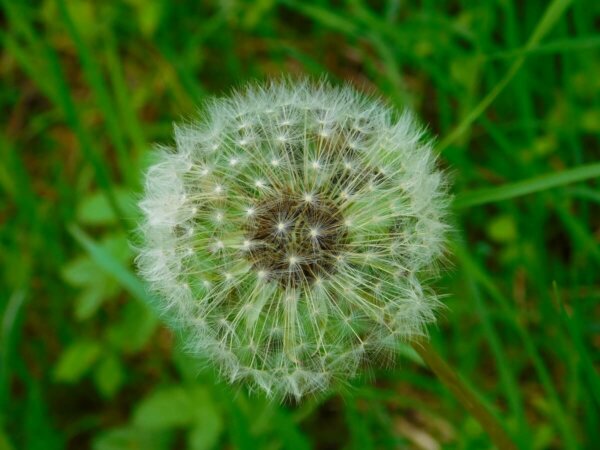
I can live with dandelions, in moderation. As long as they stay out of my gardens. Which I know they won’t.
More Dandelions, More Pollinators
This invasive, prolific flower is part of the Asteraceae family of flowering plants. Found world-wide, this plant is totally edible. An early spring to summer species, the dandelion flower is a vital nectar source to a large host of pollinators, most specifically the honeybee. Dandelions are known by a lot of names, some not worth mentioning. Weed is the first name that comes to mind, but dandelions are also herbs.
To eradicate or not to eradicate, that is the dandelion question. Well, all in moderation. With trowel in hand, I set out to do battle with the dandelion plague, one plant at a time. What I discovered in my field of dandelions, truly amazed me. It was the size! Not only were there lots of dandelions, but they were huge! I was used to city dandelions, small and plentiful.
These country ones, plentiful, yes, but they were also at least a foot from the tip of one leaf to the tip of the opposite leaf. Even the flowers were larger, comfortably filling the palm of my hand. And the roots! I asked a neighbor if the previous owners had harvested dandelions to make wine. She wasn’t sure what I was talking about.
Her pat answer was, “You live in the country.” So, in other words, I had to accept it. Whilst I had no intention of making dandelion wine or dandelion tea, for that matter, I was determined to eliminate the large plants. I wasn’t about to let these humongous plants take over my garden plots. I would leave them in the grass. In moderation. But not in my gardens.
Grass Versus Dandelions
Or should I allow them to stay? At least in the lawn. Then I considered this: Grass is a weed, too. A plant with short roots, grass grows aggressively and spreads prolifically. Just like dandelions. Only dandelions have a long root. Weeds. Which is worse? Grass or dandelions? Or perhaps we should be asking, which is better for the environment, for nature? Grass or dandelions?
I chose to leave the dandelions in the lawn. Dandelions make a much better alternative than grass. A well manicured green lawn is a pollinator desert, when you think about it. There’s nothing there for the insects like honeybees or the birds to enjoy. It’s also a desert in another sense. Grass has very short roots, and they can’t absorb as much water.
The longer roots of dandelions absorb more moisture, preventing erosion. I recall an urban neighbor grumbling about my dandelions and wildflowers spreading onto her lawn. During a torrential rainfall, however, I would stand at my front window, shaking my head as I watched her manicured lawn being washed away, while the soil around my dandelions and wildflowers remained intact. Poetic justice, I thought.
My deep-rooted dandelions were saving my lawn from being washed away. And in the country, these huge dandelions with their long, deep roots, would definitely help.
Trading Herbicides For A Trowel
Back to the trowel doing battle with the dandelions. I wasn’t going to spray herbicides. I figured the plants were too big to kill with a chemical, and I didn’t want to sterilize my garden soil. If it’s strong enough to kill one weed, it’s strong enough to kill everything that tries to grow in the soil. So, I dug and pulled and out they came, one huge mass of leaves and roots after another.
City budgets have started removing herbicide spraying on city land. Perhaps it’s just a matter of budget cuts, but I like to think that someone in City Hall cares about the environment. The result? Instead of green lawns, many cities now boast yellow dandelion lawns. And lots of honeybees.
Always avoid spraying herbicides or pesticides. The chemicals kill more than just the plant or the bugs. Sprays poison the soil as well as the pollinators like the honeybees. Don’t dig up. Don’t cut down. Or at least only do it in moderation. Savor the luscious wildness of a dandelion lawn. Yellow is much prettier than green, don’t you think? And remember, the more dandelions, the more pollinators. In short, save the honeybees. They’re an endangered species. If you value your honey, keep the dandelions.


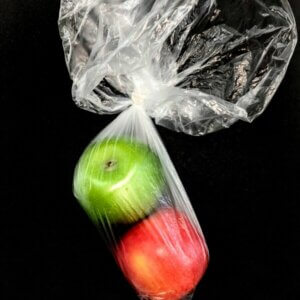
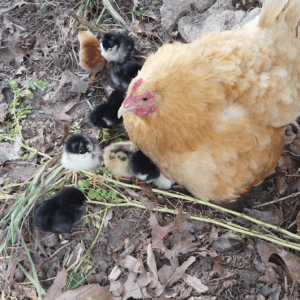


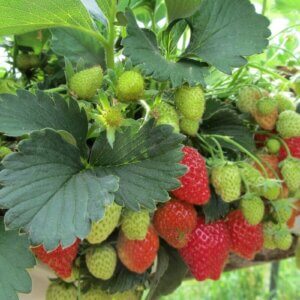
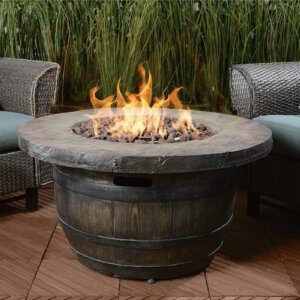
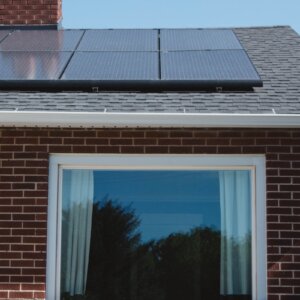
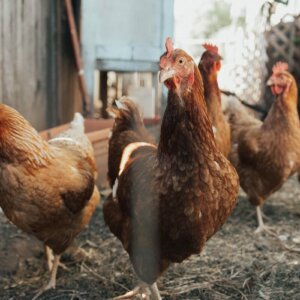
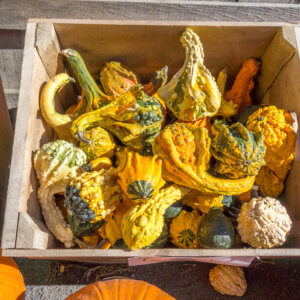

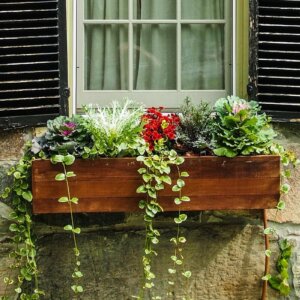

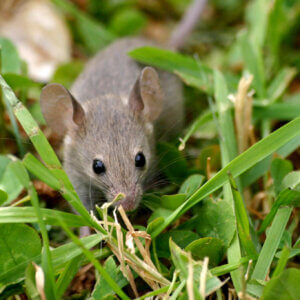
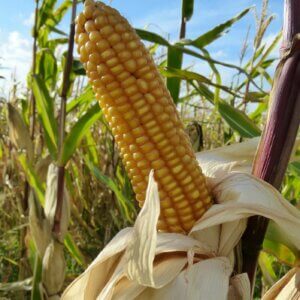

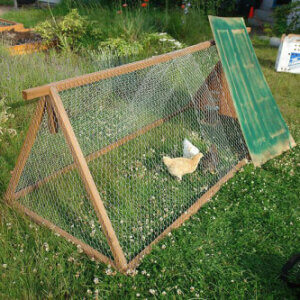

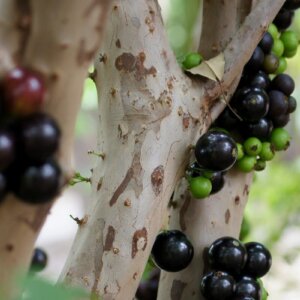
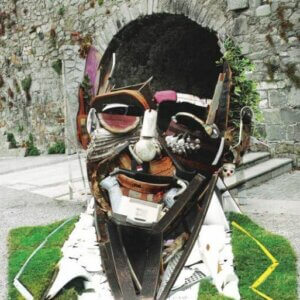



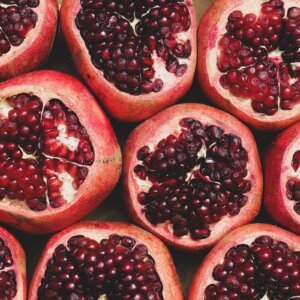
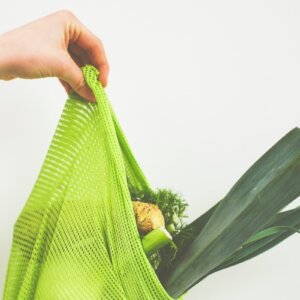

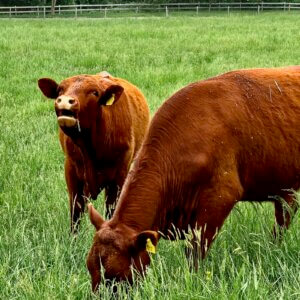
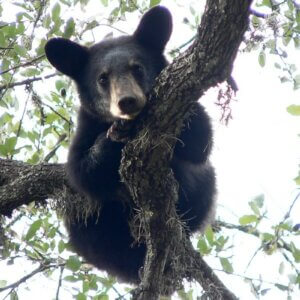
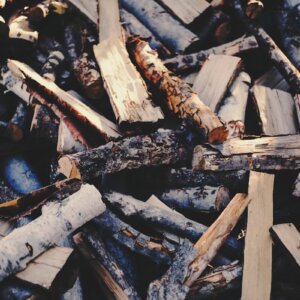
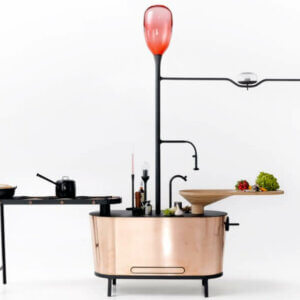
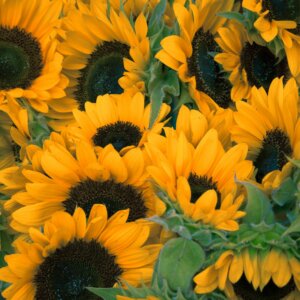


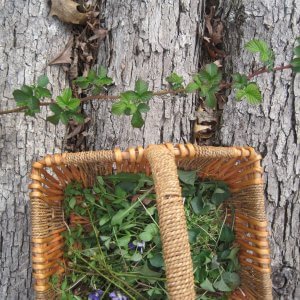

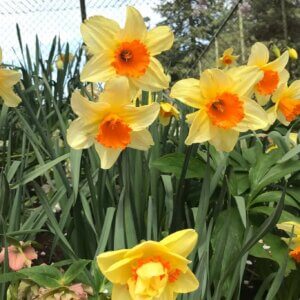



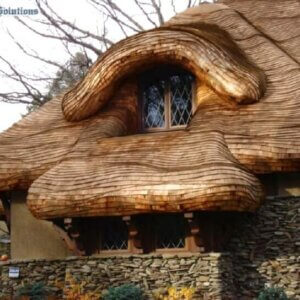
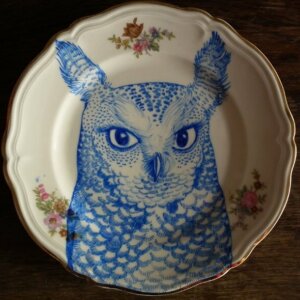
I just heard a report that lawn is bad for the environment. I’ve been fighting the dandelion battle and losing. It suddenly hit me that just to leave them might be a better option. Yours is the only site I found encouraging this, so many thanks. I’m in rural Australia with an acre of lawn. Let’s see how I go.
I think it’s great you’re doing this. The honeybees and humming birds will thank you.
Thank you for your wonderful article. I haven’t watered my large corner lot and yard “lawn” in over 35 years. Dandelions are rampant. Many years ago, an aggressive neighbor sprayed his lawn and part of mine with serious killer stuff. I ran outside and stopped him for doing more of mine. That little corner fought for years to come back to life. He didnt just kill the dandelions, he killed his lawn completely and it took years of repeated applications of grass Sod to bring it back to life. Mine recovered more quickly with nettles and dandelions. natural ground covers.
Another thing about dandelions. They taste wonderful. I’ve never made wine, but i always include them in my meals.
I prefer a variety of flowering plants in my lawn. Dandelions are too aggressive. I enjoy violets, English daisies, creeping sedums, ajuga, lamium, several others.